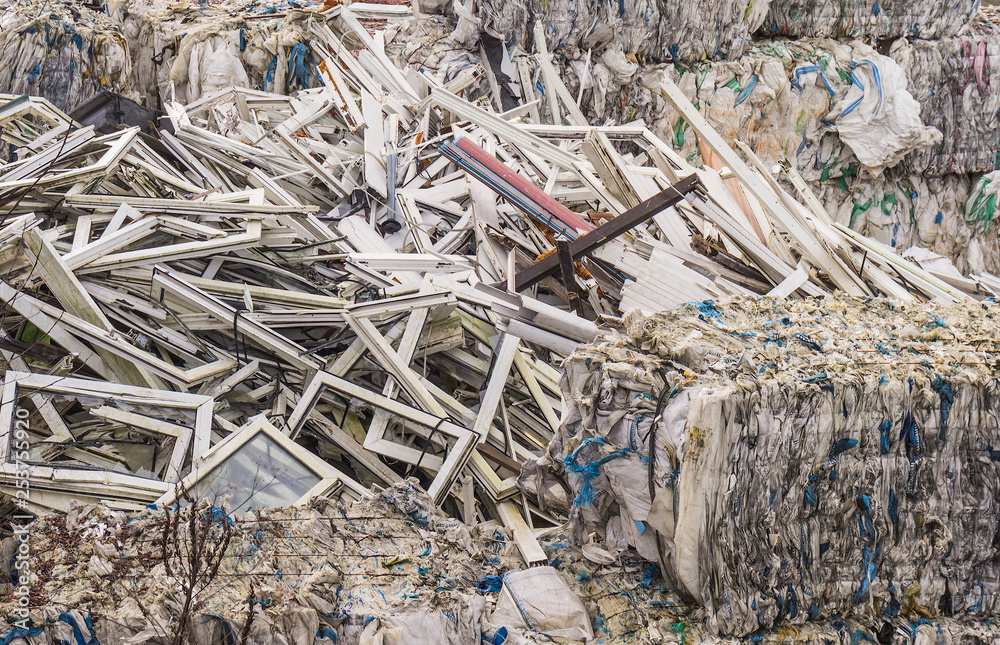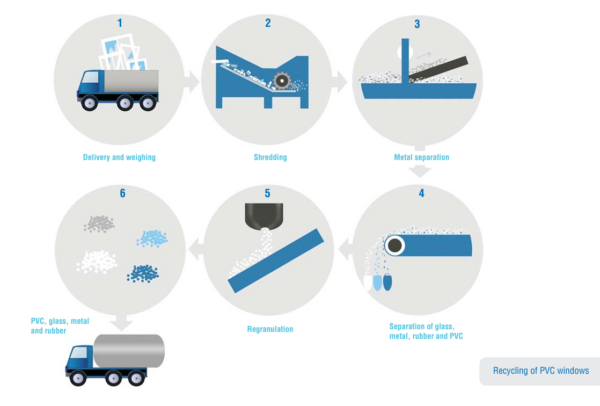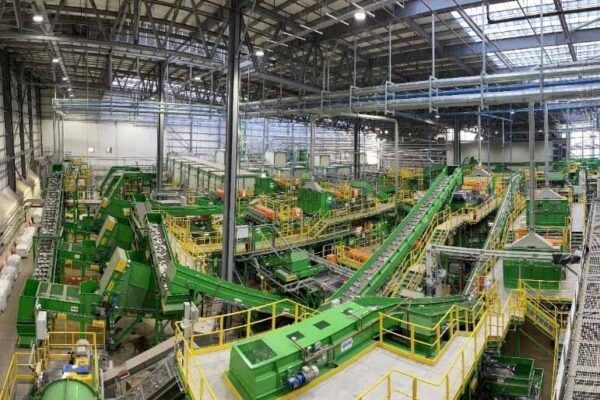Repurposing PVC Waste into Building Materials

Vinyl building materials have been essential in the construction industry. However, their environmental challenges have prompted an increasing focus on recycling efforts to minimize their impact.
You can also read Circle of Life: PVC Building Materials Are More Recyclable Than Ever.
Fortunately, innovative recycling initiatives enable vinyl waste to be repurposed into durable, eco-friendly building materials, reducing landfill impact. These advancements are transforming vinyl into a more sustainable option for future construction projects by promoting circular economy practices in the industry.
The Vinyl Recycling Process
According to the Vinyl Siding Institute, now known as the Polymeric Exterior Products Association (PEPA), the industry recycles vinyl through three main pathways: post-industrial, post-consumer, and closed-loop recycling. Post-industrial and closed-loop recycling recover unused materials from the manufacturing process. In contrast, post-consumer recycling focuses on reclaiming vinyl products like siding, flooring, and pipes at the end of their lifecycle.

Recycling process of PVC windows. taken from: Vinyl plus.
Vinyl’s durability and reusability make it ideal for recycling. Manufacturers can process it multiple times without compromising quality, supporting a closed-loop system that reuses vinyl waste. This reduces the demand for virgin materials and lowers energy consumption in manufacturing.
Mechanical Recycling – The Backbone of PVC Recycling
Mechanical recycling is crucial in recycling PVC handling rigid and flexible products. Rigid PVC, used in pipes and siding, differs from flexible PVC found in items like wires and hoses. To ensure proper recycling, recyclers separate these materials based on their different properties. They grind or crush the recovered PVC into small particles and sort them using techniques like float tanks and infrared detectors to remove contaminants such as glass or metal. After sorting, they wash the material to remove any impurities, preparing it for reuse.
Once cleaned, recyclers melt the PVC and reintegrate it into production streams. Rigid PVC is typically repurposed for construction materials like pipes, while recyclers repurpose flexible PVC into products like footwear and traffic cones. This process enables recovery facilities to reuse PVC multiple times without sacrificing quality, helping to drive a circular economy in the construction industry.

Mechanical recycling facility. Taken from: Resource Recycling.
Overcoming Challenges with Viability
Despite vinyl’s recycling potential, challenges remain, especially with post-consumer recycling, which often involves contaminated materials. Contaminants such as adhesives and paints require additional processing steps, raising costs and slowing large-scale recycling efforts.
Organizations like the Vinyl Sustainability Council (VSC) are addressing these challenges through programs such as +Vantage Vinyl, which promotes best practices in vinyl recycling. Additionally, the VIABILITY grant program launched by the Vinyl Institute in January 2023 offers up to $1 million per year to accelerate post-consumer PVC recycling efforts nationwide.
One notable success story from VIABILITY is the Revinylize Recycling Collaborative. Initiated by the Polymeric Exterior Products Association (PEPA), this program began as a pilot in Northeast Ohio to collect post-consumer vinyl siding. Thanks to the VIABILITY grant, Revinylize has expanded its operations and developed a dynamic platform for engaging consumers and builders to locate recycling sites for post-consumer rigid vinyl. In just eight months, the program collected over 400,000 pounds of post-consumer PVC and is now scaling its efforts nationwide.
The Path Forward
The Revinylize program’s goal is to recycle five million pounds of post-consumer rigid vinyl by 2025, illustrating the potential of innovative recycling initiatives to transform the vinyl industry. By providing critical funding and resources, programs like VIABILITY are helping the construction industry reduce waste and adopt more sustainable practices. These efforts clearly show that recycling vinyl efficiently benefits both the environment and the economy. Finally, continued innovation and sustainability programs are positioning vinyl to support eco-friendly construction in the future.
